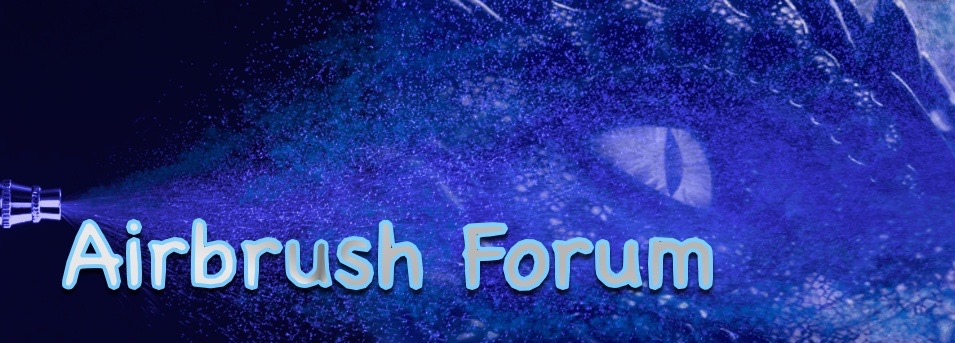Keifer smeaton
Double Actioner
I painted a jacket a while back and just got a call to say the paint is peeling of in places so I am looking for some advice on how to repair it. I thought maybe I might of missed a couple of spots with the varnish but thinking back I did use enough, probably too much if anything. The varnish I used is liquitex water based varnish for outdoor use including on leather. But that’s the thing it’s actually fake leather  So I’m not sure what to do I was just hoping for the best really but now paying the price. It seems fine for the most part just a few places especially on the back where they could of leaned against a wall and scraped it which also tells me it’s not durable at all so I’m wondering is it even worth fixing as the same could happen again.. my last resort would be to buy a real leather jacket and redo the artwork as opposed to paying back the €300 I charged.. there was a lot of hours in this artwork and looks really nice. I will post pictures later thanks.
So I’m not sure what to do I was just hoping for the best really but now paying the price. It seems fine for the most part just a few places especially on the back where they could of leaned against a wall and scraped it which also tells me it’s not durable at all so I’m wondering is it even worth fixing as the same could happen again.. my last resort would be to buy a real leather jacket and redo the artwork as opposed to paying back the €300 I charged.. there was a lot of hours in this artwork and looks really nice. I will post pictures later thanks.
